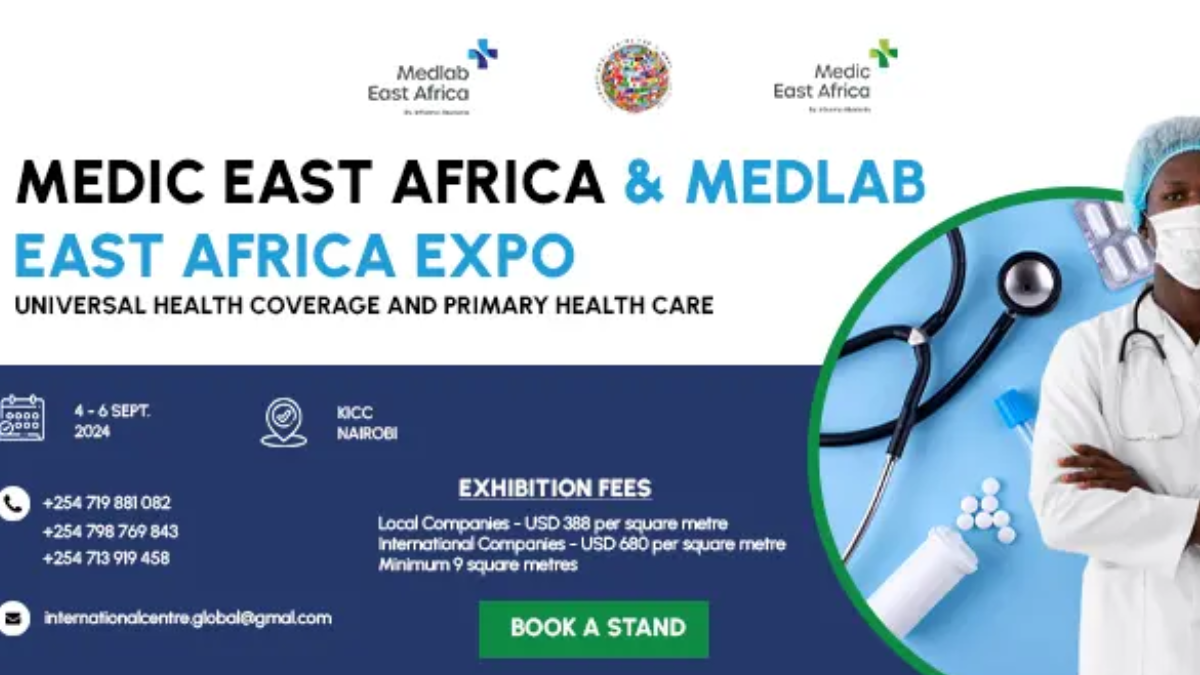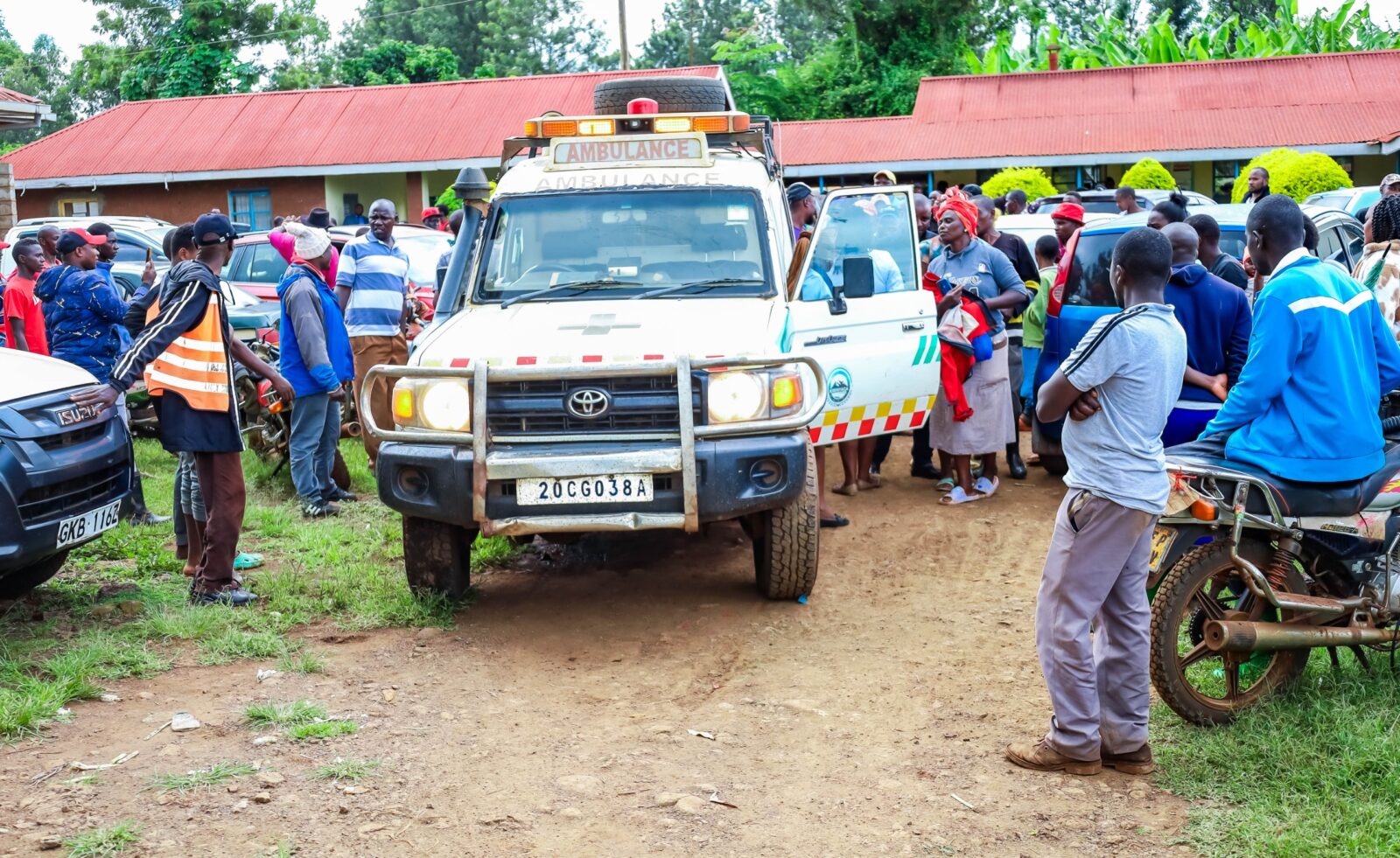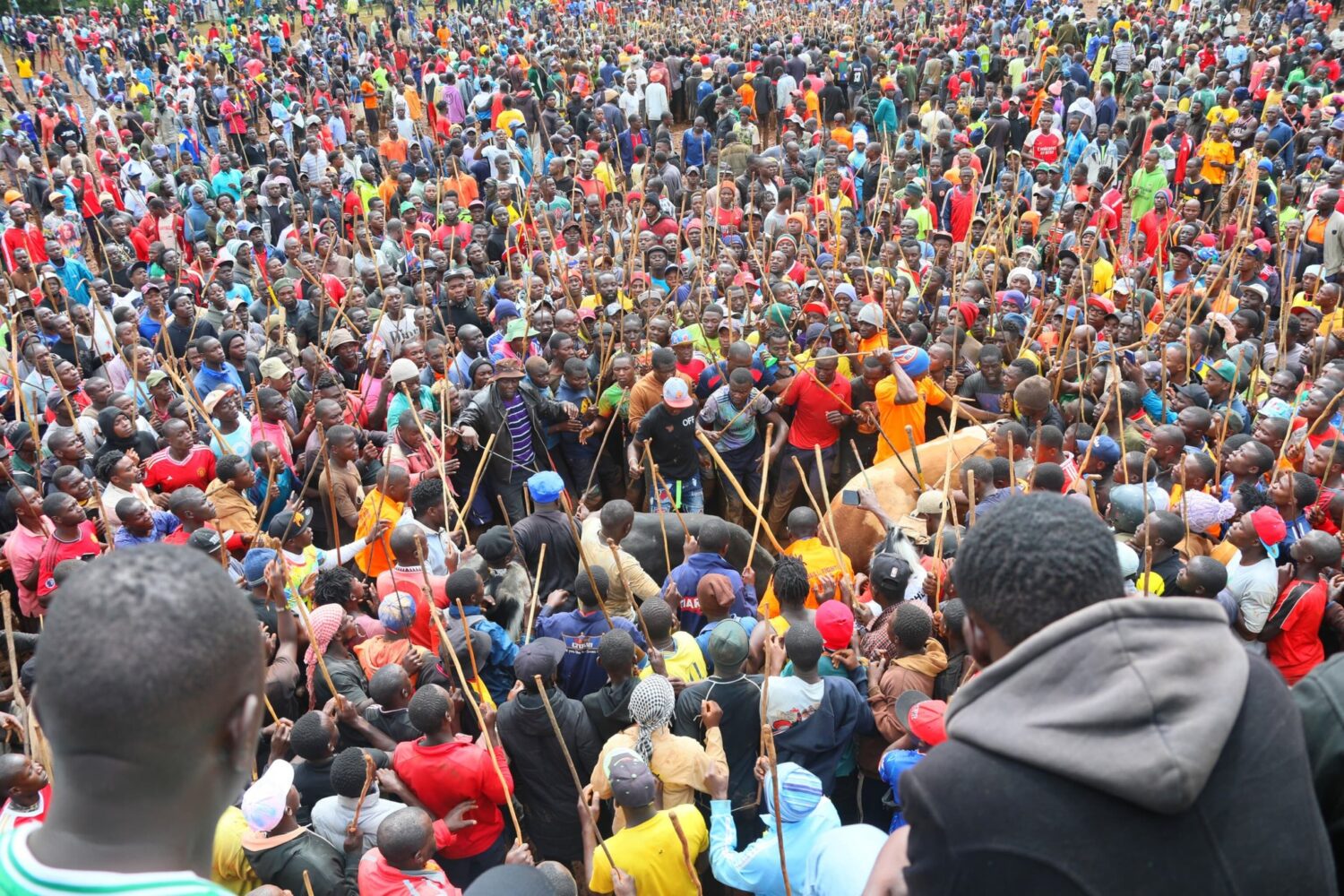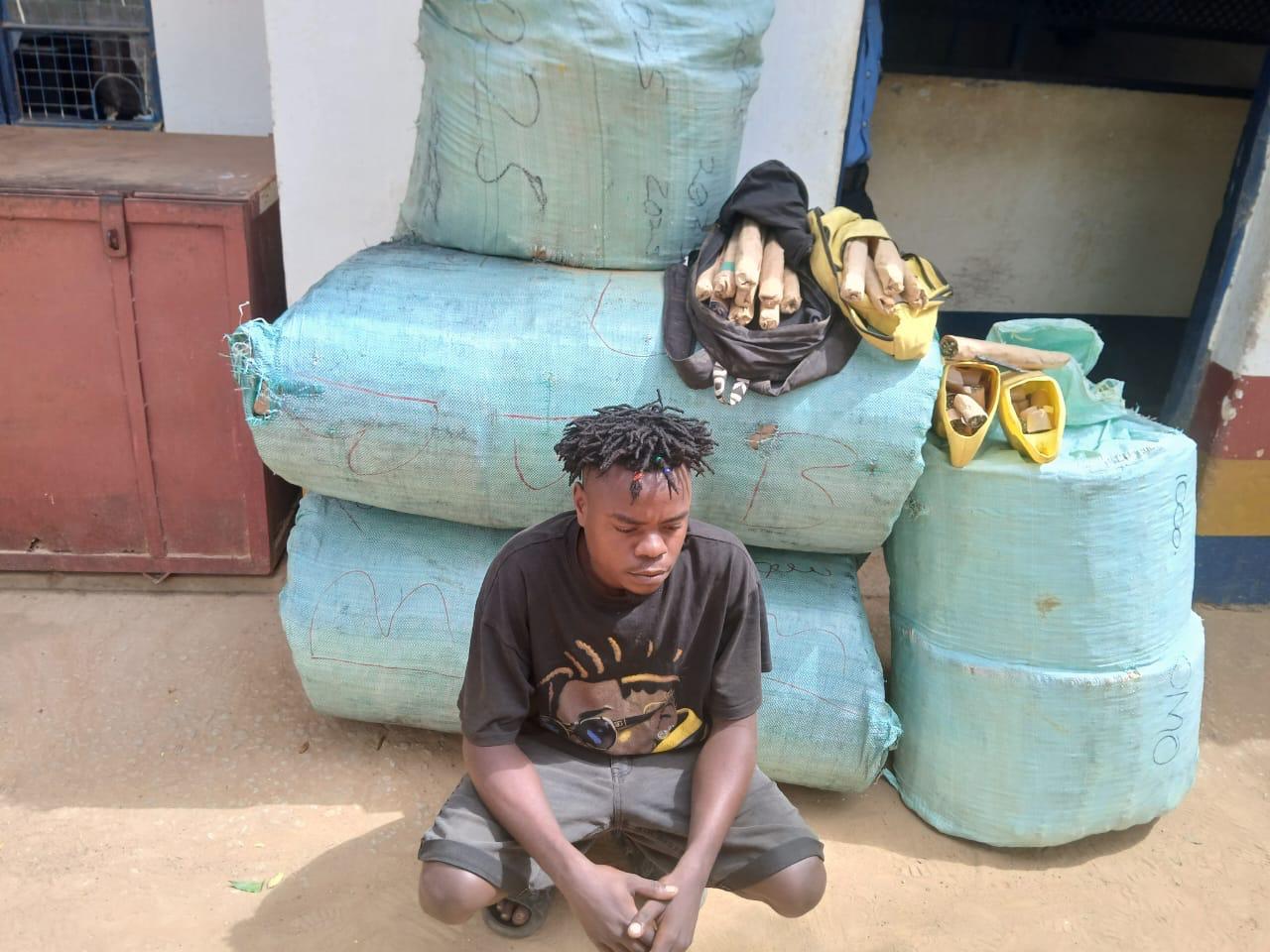By Amogh Wadwalkar
The rise of Information and Communication Technology (ICT) in Kenya, with mobile phones in nearly every hand and internet coverage growing nationwide, is driving a wave of innovation that’s reshaping everyday life. From how people access financial tools to the ways they get around and receive healthcare, Kenya’s ICT boom is leaving no sector untouched.
eHealth broadly refers to the use of ICT services, to compliment or improve on health service delivery. According to the World Health Organisation (WHO) eHealth includes telemedicine services, mobile health (mHealth), electronic health records used in health systems, big data and wearable devices that people use to track health metrics.
While the research on the benefits of eHealth is still mixed, it must be affordable and secure if it is to improve health systems. There is potential for eHealth to relieve service delivery bottlenecks and improve access to care in East Africa.
To understand what can be gained with the use of eHealth in the region, we must have a grasp of its origins and how its current deployment is being shaped by a new era of healthcare in Africa.
eHealth for healthcare savings and insurance
Connecting people directly with the health system or giving them access to health insurance or savings plans has always been a supporting premise of eHealth. This latter aspect was the main focus in the first era of its uptake in East Africa.
Thanks to the mobile phone boom in the late 1990s and the arrival of undersea fibre communication cables on East African shores in 2009 (bringing 4G internet with it), countries like Kenya and Tanzania became vibrant testing grounds for health innovations. Although national hospitals had been exploring ways to digitise their health records in the 1980s, patient-centred innovations emerged after the 2008 financial crisis.
Kenya’s example lies in the success of Safaricom’s M-Pesa mobile money product. With more people using financial services on their phones, investors were eager to see how domains like health could benefit from similar services.
Medical care is largely unaffordable, with 30% of households on the continent needing to borrow money or sell their assets to pay for it. Almost 40% of Ugandans, 34% of Tanzanians and a quarter of Kenyans use out of pocket payments for health bills. This burdens low-income homes because medical prices are not state regulated.
Mobile health platforms like M-TIBA health wallet, a mobile savings plan for Kenyans on low incomes, emerged with the goal of closing these gaps. Other initiatives sought to get Kenyans to subscribe to microinsurance – like Changamka Microhealth – which later introduced health insurance for 18 to 75 year olds in a product called Linda Jamii.
Both Changamka Microhealth and Linda Jamii were not able to stick to this focus on low-income households because the costs were just out of reach for most Kenyans. M-TIBA users told researchers that they were frustrated by a system that “gave them access to particular health clinics and not to others.”
When these services reemerged with a focus on middle and upper class citizens, it fed criticism that eHealth is widening, rather than closing, the gap between rich and poor.
However, more private actors are increasingly partnering with state organisations like Kenya’s National Health Insurance Fund (NHIF) – ushering in a new era of digital health. The emerging trend is that eHealth is being used to support delivery of universal health coverage (UHC).
Partnerships to improve access: how digital health is supporting UHC
A WHO report says African countries will face an estimated shortfall of 5.3 million health workers by 2030. It says these are made worse by “underinvestment in training and employment opportunities for health workers”.
Kenya for example, is struggling to place health workers who have been trained to address these projected shortages, leading to frustration reflected in recent protests.
Many nations in the region have opted to address these challenges by committing to implementing UHC. An Amref report on the state of UHC in Africa, says countries must develop integrated primary care networks by working with providers across public and private sectors.
This kind of partnership can be seen in the Kenyan government’s use of M-TIBA while UHC was in its pilot phase. The digital health platform was used because it could be adapted to register citizens on the UHC database. It was also later used to communicate crucial public health messaging to 4 million people during the COVID-19 pandemic.
The digital transformation of healthcare can also alleviate pressures faced by front line medical workers. With health systems increasingly being modernised, more patient data is available to us today than ever before.
Opportunities are plentiful for companies and practitioners to use artificial intelligence and the internet of things to help nurses and doctors make diagnoses and treat patients quickly, thus alleviating pressure on workers.
In the domain of mental health care, telehealth services can improve access while reducing costs for patients. In Tanzania where most people stay in rural areas with few health providers, companies like Primetel are using USSD-based services to facilitate online sessions with therapists and psychiatrists.
It also links people to qualified general practitioners through video services and facilitates the delivery of medications to patients, removing transportation costs as a barrier to receiving care.
When the COVID-19 pandemic threatened the delivery of mental services in Uganda, various remote tools were used by practitioners to ensure continuity of care.
A platform for growing networks and investments in East African solutions
From video conferencing to medication delivery and patient diagnosis, these initiatives are proof that African-led health research and capacity building is working to improve care. eHealth has shifted its focus from providing services like medical insurance and savings, to enabling UHC in multiple ways across the region.
Creating platforms and opportunities for government and private stakeholders to engage in collaborative partnerships will share knowledge that will strengthen East Africa’s ability to solve its pressing public health challenges.
Gatherings like ours aim to be a key platform for showcasing and facilitating the adoption of transformative technologies that bring the latest health solutions to East Africa.
About Medic East Africa
Medic East Africa co-located with Medlab East Africa stands as the premier healthcare and medical laboratory event platform in the East African region. This event unites regional and international professionals who value the power of learning, networking, and business. The annual exhibition and congress will be held from 4-6 September 2024 at the Kenyatta International Convention Centre, Nairobi, Kenya.












